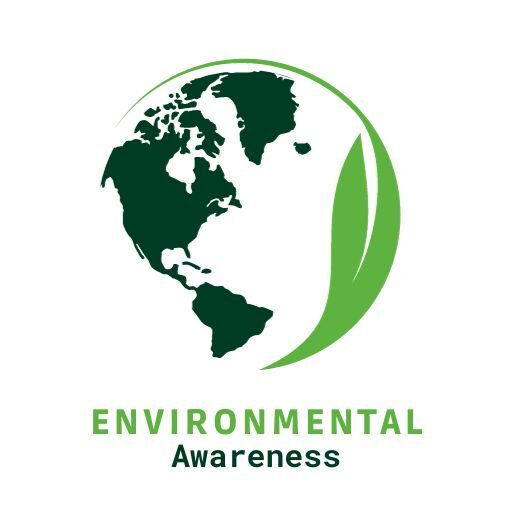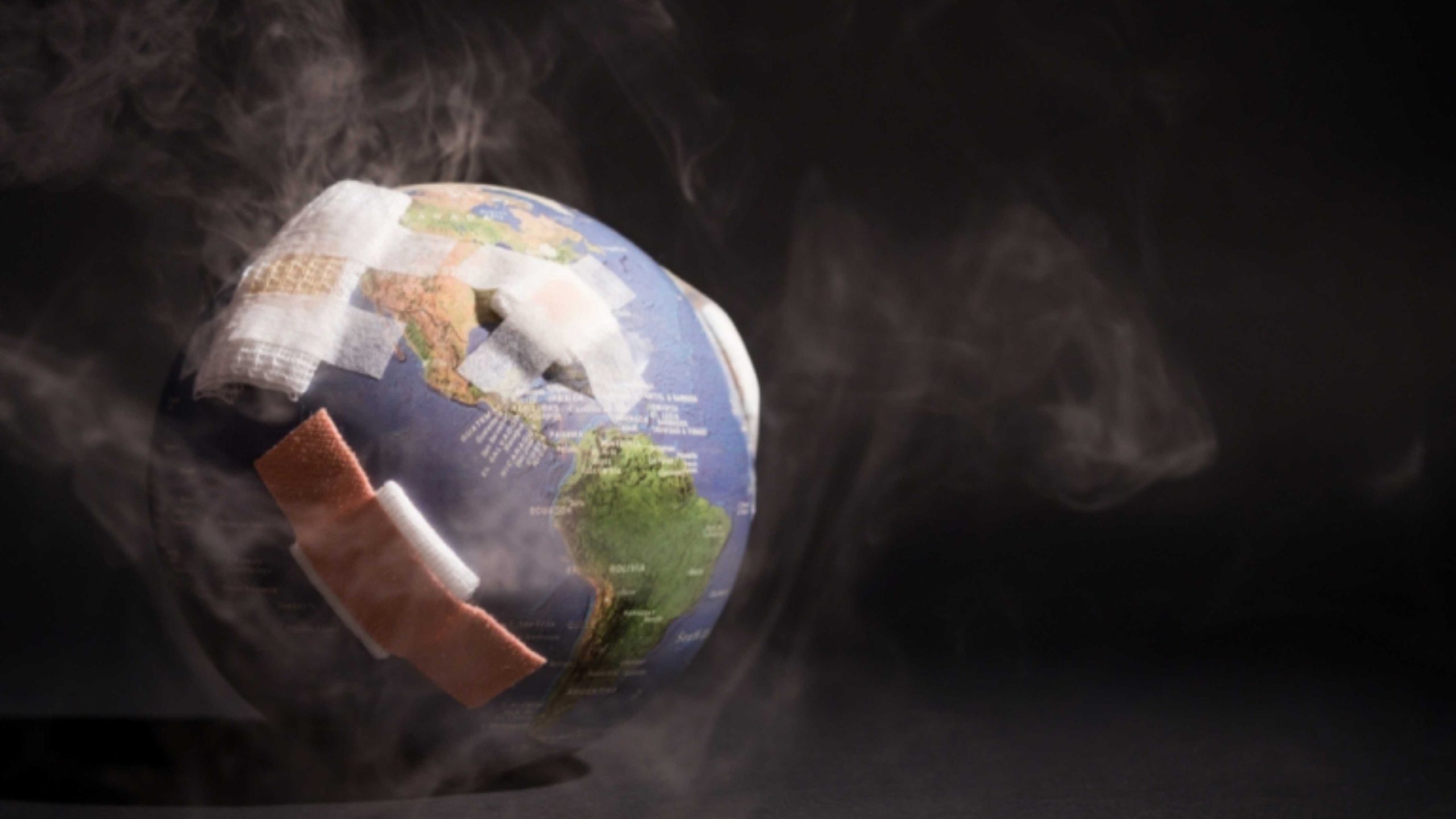The State of Our Planet: Understanding the Latest Climate Change Research
Introduction
One of humanity’s greatest challenges in the twenty-first century is climate change. The effects of our warming world are becoming more and more obvious, pressing, and unavoidable with every year that goes by. The indicators are everywhere, ranging from melting glaciers to increasing sea levels, harsh weather to a decline in biodiversity. There is optimism despite this situation, though. Global scientists are working hard to understand the complexity of climate change and provide insights that could lead to a more sustainable future. We’ll examine the status of our planet and its implications for all of us as we delve into the Latest Climate Change Research in this blog.
Understanding the Science
A thorough understanding of Earth’s processes and the forces behind planetary change is fundamental to studies on climate change. The idea of the greenhouse effect lies at the heart of this comprehension. The earth warms as a result of the accumulation of greenhouse gases in the atmosphere, which include carbon dioxide, methane, and nitrous oxide. The greenhouse effect has been greatly enhanced by human activity, particularly the burning of fossil fuels, deforestation, and industrial operations, even though this natural process is necessary to keep Earth’s conditions habitable. As a result, global temperatures are rising at an unprecedented rate.
The Latest Findings
The trajectory of our world is soberingly shown by the latest climate change research. The premier international organization for evaluating climate research, the Intergovernmental Panel on Climate Change (IPCC), has published multiple in-depth assessments describing the state of the climate as of right now. According to their research, the planet has warmed by about 1.1 degrees Celsius more than it was before the Industrial Revolution. This has important ramifications for ecosystems and communities all across the world.
The effect of climate change on extreme weather occurrences is one of the most worrying aspects of the phenomenon. The frequency and intensity of heatwaves, droughts, hurricanes, and floods are increasing, putting infrastructure, food security, and human lives at serious risk. According to studies, the frequency and intensity of these events have already grown due to climate change, which might have disastrous effects if unchecked.
Sea level rise is the subject of yet another important field of study. Ocean levels rise as a result of glaciers and ice sheets melting due to an increase in global temperatures. Sea levels have increased by about 20 centimeters since the late 19th century, according to satellite data and computer models, with the rate of rise rising in recent decades. Coastal towns worldwide may see unprecedented levels of flooding, eviction, and economic losses if present trends continue.
Moreover, biodiversity is seriously threatened by climate change. An alarming number of species are going extinct as a result of ocean acidification, habitat degradation, and rising temperatures. Particularly at risk are coral reefs, vital marine ecosystems teeming with life. According to recent research, the Paris Agreement’s 1.5 degree Celsius global warming target could not even be enough to stop irreversible harm to these crucial ecosystems.
Mitigation and Adaptation Strategies:
Even if there is much work ahead due to climate change, action and hope are still possible. There is a growing recognition among scientists, legislators, corporations, and individuals of the seriousness of the crisis and their need to find answers.
Making the switch to renewable energy sources like solar, wind, and hydroelectric power is at the forefront of mitigation efforts. Reducing greenhouse gas emissions and our dependency on fossil fuels will help to lessen the worst effects of climate change and open the door to a cleaner, more sustainable future.
Furthermore, developing resistance against climate change requires the implementation of adaptation methods. This entails making investments in infrastructure that is climate resilient, putting sustainable land-use practices into place, and improving systems that provide early warnings of extreme weather. We can reduce the dangers to ecosystems and vulnerable groups by actively planning for the changes that are unavoidable in the future.
Moreover, global climate change mitigation depends on international cooperation. Global warming initiatives like the Paris Agreement, which seeks to keep warming far below 2 degrees Celsius, offer a foundation for international cooperation and coordination. To guarantee that nations keep their promises and increase their ambition in accordance with the most recent scientific discoveries, however, coordinated efforts are required.
Mitigation and adaptation strategies are essential for addressing climate change and its impacts
Here are some key strategies that can be adopted:
- Make the Switch to Renewable Energy: The most effective way to cut greenhouse gas emissions is to gradually phase out fossil fuels and expand the use of renewable energy sources like solar, wind, and hydroelectric power. This shift not only helps to slow down global warming but also encourages energy independence and the creation of green jobs.
- Enhancements to Energy Efficiency: Energy consumption and related emissions can be greatly decreased by making improvements to energy efficiency in industry, transportation, and buildings. These objectives can be met with the aid of actions like replacing outdated insulation, utilizing energy-efficient appliances, and making infrastructure investments for public transportation.
- Reforestation and Afforestation: By reestablishing damaged ecosystems and planting trees, we can absorb carbon dioxide from the atmosphere and slow down global warming. Large volumes of carbon are absorbed and stored by forests, which also offer a number of other benefits like protecting soil and biodiversity.
- Sustainable Agriculture Practices: Using organic farming, conservation tillage, agroforestry, and other sustainable agricultural methods can help lower greenhouse gas emissions from agricultural operations. These methods strengthen soil health, boost carbon sequestration, and make the soil more resilient to the effects of climate change, including floods and droughts.
- Climate-Resilient Infrastructure: To protect communities and businesses, infrastructure must be designed and constructed to withstand the effects of climate change, such as rising sea levels, extreme weather, and temperature swings. This covers things like water management systems, green roofs, and flood defenses.
- Enhanced Water Management: One way to lessen the effects of climate change on water resources is to establish sustainable water management methods and increase water efficiency. This covers techniques like collecting rainfall, reusing water, and planting crop kinds resistant to drought.
- Ecosystem-Based Adaptation: By safeguarding and rehabilitating natural ecosystems like wetlands, mangroves, and coral reefs, we can increase our resistance to the negative effects of climate change and provide essential services like water filtering, flood protection, and habitat for wildlife.
- Early Warning Systems and Disaster Preparedness: Communities can better prepare for and respond to climate-related disasters by creating and implementing early warning systems for extreme weather events like hurricanes, floods, and heatwaves. This entails funding public awareness initiatives, disaster response strategies, and meteorological infrastructure.
- Climate-Smart Urban Planning: By including green infrastructure, compact development, and sustainable transportation, cities and urban areas can be designed to be more resilient to climate change, thereby lowering vulnerability and improving the quality of life for locals.
- Education and Awareness: Promoting support for mitigation and adaptation initiatives requires raising public knowledge of climate change and its effects. Campaigns for education, outreach initiatives in the community, and multidisciplinary research can enable people and groups to take charge and push for legislative changes.
When these adaptation and mitigation techniques are used in concert and with effectiveness, they can help reduce the effects of climate change and increase resistance to its effects, protecting present and future generations as well as people and the environment.
Conclusion
We are reaching a turning point in the state of our planet. Humanity and the natural world are in grave danger due to climate change, which is why immediate and strong action is needed. We may steer clear of climate change and towards a more resilient and sustainable future by comprehending the most latest climate change research on the issue and adopting science-based solutions. But time is not on our side. The world we live in tomorrow is shaped by the decisions we make today. It is our duty as stewards of this priceless planet to rise to the occasion and protect the earth for the coming generations.





